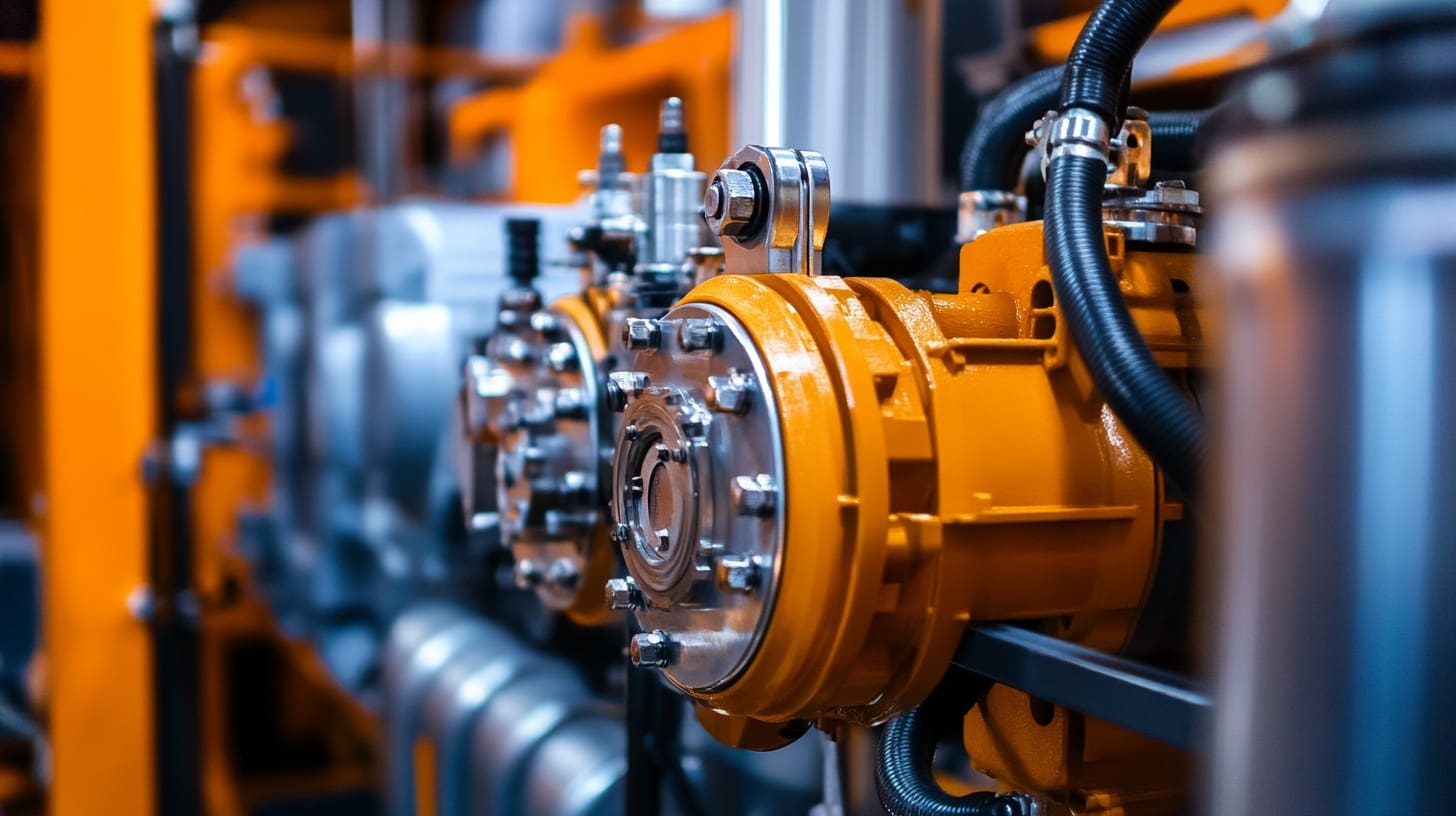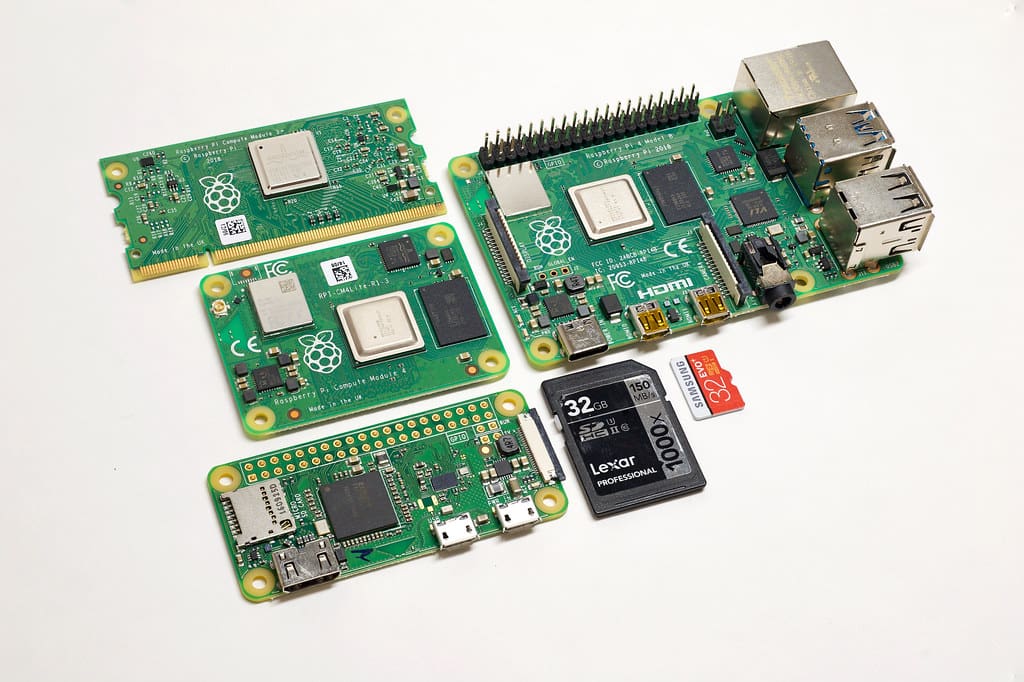In the advanced realm of 3D printing, particularly within Electron Beam Melting (EBM) technology, the electron gun stands as a pivotal component. This sophisticated device generates a focused beam of electrons that is used to fuse metal powder layers into solid objects. Electron guns offer a high degree of control and energy efficiency, making them essential for creating complex and precise metallic structures. This article explores the importance, functionality, and maintenance of electron guns in 3D printing, highlighting their role in driving precision, efficiency, and innovation in additive manufacturing.
Importance of the Electron Gun in 3D Printing
High Precision Melting: The electron gun allows for precise control over the beam’s focus, intensity, and position, which is critical for achieving the high-resolution and dimensional accuracy required in complex metal parts.
Material Compatibility: Electron guns can process a variety of metallic materials, including high-strength alloys that are challenging to melt using traditional laser sintering. This capability expands the applications of EBM in industries such as aerospace and medicine.
Enhanced Energy Efficiency: By focusing electron beams with great precision, electron guns ensure that energy is used efficiently, reducing the overall power consumption of the printing process.
Rapid Production Rates: The speed at which electron guns can heat and fuse materials is significantly faster than other methods, facilitating quicker build times and higher throughput.
Components of the Electron Gun in 3D Printers
Cathode: The source of electrons. In an electron gun, the cathode is typically heated to release electrons through thermionic emission.
Anode: Accelerates the electrons emitted by the cathode. The potential difference between the cathode and anode determines the speed and energy of the electrons.
Electromagnetic Lenses: Focus the stream of electrons into a narrow beam. These lenses can adjust the focus, allowing the electron beam to be finely tuned for different functions and materials.
Deflection Coils: Steer the electron beam across the print bed in precise patterns. Controlled by sophisticated software, these coils allow the beam to hit exact locations on the material bed.
Vacuum Chamber: Electron beams require a vacuum to operate efficiently as air molecules would scatter the electrons. The entire EBM process takes place within a vacuum chamber to maintain beam integrity.
Installation and Calibration of the Electron Gun
Proper Installation: Ensuring that the electron gun is correctly installed is critical for its effective operation. This includes securing all electrical connections and aligning the gun accurately within the vacuum chamber.
Calibration: Calibration of the electron gun involves setting the correct focus and intensity of the beam, as well as calibrating the deflection coils to ensure precise control over the beam’s path.
Testing: Before full-scale production, it is essential to test the electron gun under various operating conditions to validate its performance. This may involve producing test objects to verify that the gun can achieve the desired material properties and tolerances.
Maintenance and Optimization of the Electron Gun
Regular Cleaning: Keeping the electron gun and its components clean is crucial for maintaining optimal performance. This includes the cathode, anode, and any optical elements involved in beam shaping and focusing.
Component Inspections: Regular inspections are necessary to check for wear and tear, especially on the cathode, which can degrade over time and affect the quality of the electron emission.
Vacuum Integrity Checks: Maintaining the vacuum chamber’s integrity is crucial for the electron gun’s operation. Regular checks and maintenance are needed to ensure there are no leaks or contamination.
Firmware and Software Updates: Keeping the control software and firmware updated can enhance the functionality and efficiency of the electron gun, adapting to new materials and improved printing techniques.
Challenges and Solutions
Beam Stability: Maintaining the stability of the electron beam over long periods can be challenging due to fluctuations in voltage and interference from external magnetic fields. Shielding and stabilizing power supplies can mitigate these issues.
Thermal Management: The high energy density of the electron beam can generate significant heat, which might affect the integrity of the gun and the quality of the prints. Implementing advanced cooling systems can help manage this heat effectively.
Material Deposition Control: Controlling the interaction between the electron beam and the metal powder is crucial for achieving optimal results. This requires precise adjustments to the beam’s energy and focus, which can be achieved through continuous monitoring and feedback systems.
The electron gun is a critical component in electron beam melting 3D printing technologies, offering unparalleled precision and efficiency in metal additive manufacturing. Proper management, regular maintenance, and careful calibration of the electron gun are essential for maximizing the capabilities of 3D printers and ensuring the production of high-quality, reliable, and precise printed products. By understanding and optimizing the function and maintenance of the electron gun, manufacturers can achieve improved operational reliability and enhanced print quality, fully leveraging the advanced capabilities of EBM technology.








